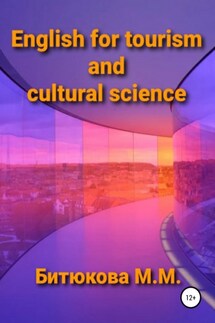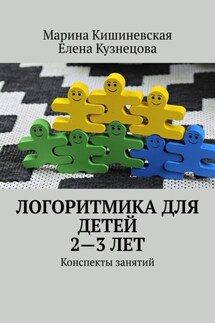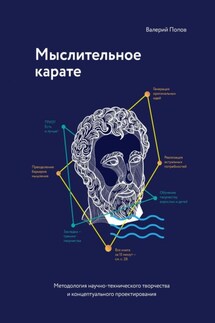English for tourism and cultural science - страница 7
The Revolution of 1905 initiated here and spread rapidly into the provinces.
During World War I, the name St. Petersburg was seen to be too German, so the city was renamed into Petrograd. In 1917 the February Revolution, which put an end to the Russian monarchy, and the October Revolution, which ultimately brought Vladimir Lenin to power, broke out in Petrograd. The city's proximity to the border and anti-Soviet armies forced the Bolsheviks under Lenin to transfer the capital to Moscow on March 5, 1918. In general St. Petersburg was the capital of the Russian Empire for more than two hundred years (1713–1728, 1732–1918).
After Lenin’s death the city was renamed into Leningrad.
For decades Leningrad was glorified by the Soviet propaganda as "the cradle of the revolution" and "the city of three revolutions", many spots related to Lenin and the revolutions, such as the cruiser Aurora, were carefully preserved. Many streets and other toponyms were renamed accordingly.
During World War II, Leningrad was besieged by Nazi Germany and co-belligerent Finland. The siege lasted 872 days from September 1941 to January 1944. The Siege of Leningrad was one of the longest, most destructive and most lethal sieges of major cities in modern history. It isolated the city from most supplies except those provided through the Road of Life across Lake Ladoga, and more than a million civilians died, mainly from starvation. Many others were eventually evacuated or escaped by themselves, so the city became largely depopulated. For the heroic resistance of the city and tenacity of the survivors of the Siege, in 1945 Leningrad became the first city in the Soviet Union awarded the title Hero City.
Now St. Petersburg is Russia’s second largest and Europe’s fourth largest city (by city limit) after Moscow, London and Paris. The city has 5.4 million inhabitants, and over 6 million people live in its vicinity.
St. Petersburg is situated on 44 islands in the Neva River’s delta and is famous for its embankments, museums and, of course, for its magical summer White Nights, which begin at the start of June and last to the middle of July.
Among cities of the world with over one million people, St. Petersburg is the northernmost. The Historic Centre of Saint Petersburg and Related Groups of Monuments constitute a UNESCO World Heritage Site. It is a major European cultural center, an important Russian port on the Baltic Sea, it has been Russia’s political and cultural centre for 200 years. And sometimes it is referred to as the northern capital of Russia.
Excursions
Sightseeing tour (by bus, with a guide/interpreter; duration – about 4 hours). You will see Nevsky Prospect, Admiralty, the cradle of the city – Peter and Paul’s Fortress, St. Isaac’s Cathedral, legendary cruiser Aurora, Bronze Horseman, Spilled Blood Cathedral and others.
The City Tour comments with a drive along Nevsky Prospect towards Palace Square and the Winter Palace. From Vasilyevsky Island you may enjoy outstanding architectural features such as Peter and Paul Fortress and the five buildings of the Hermitage.
The tour continues onto the main building of St. Petersburg University, the imposing St. Isaac’s Cathedral, the monument to Peter the First, known as the Bronze Horseman, and Mariinsky Palace. Other famous sights include Nikolsky Cathedral, which is an active Russian Orthodox Church.







